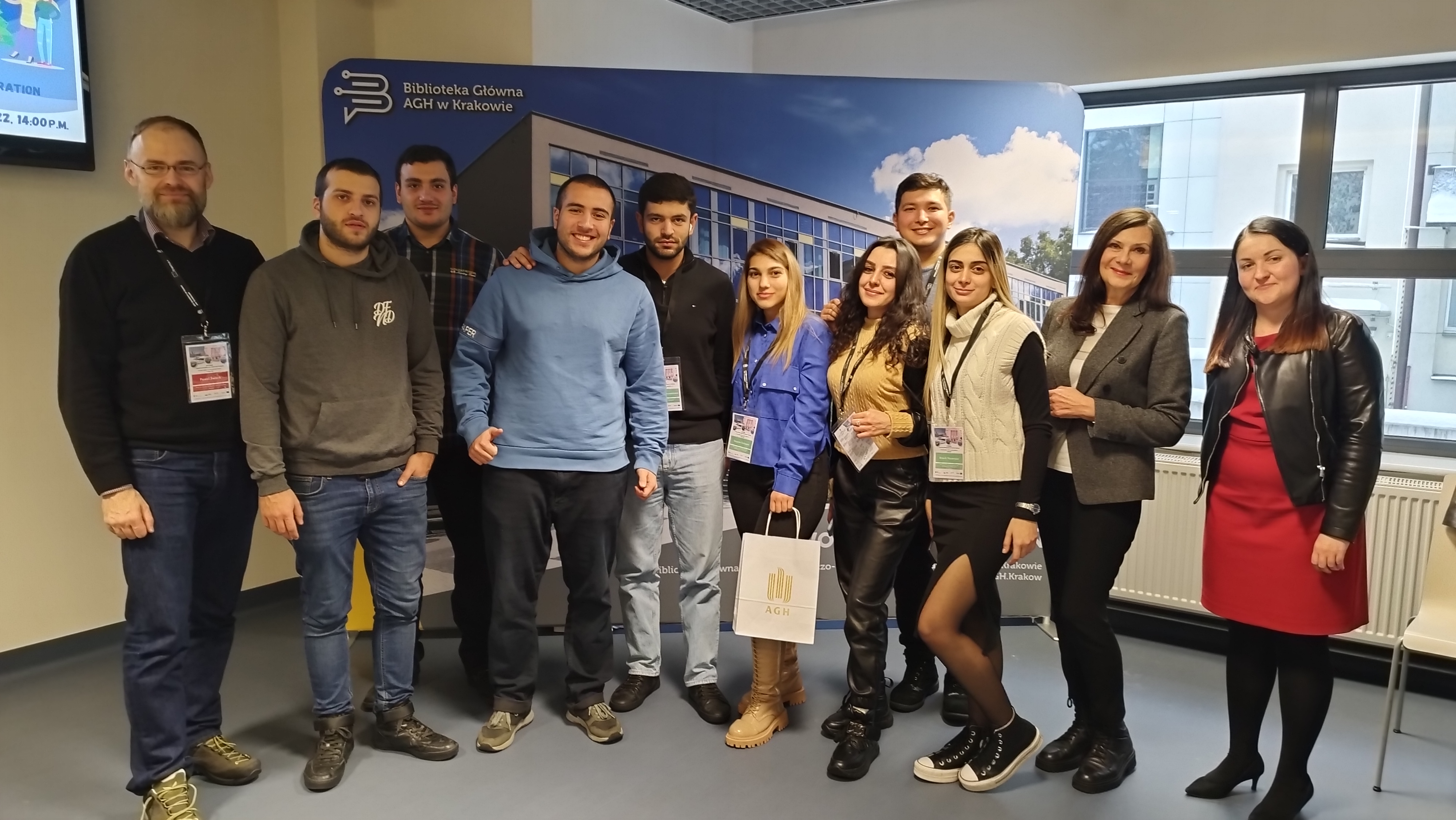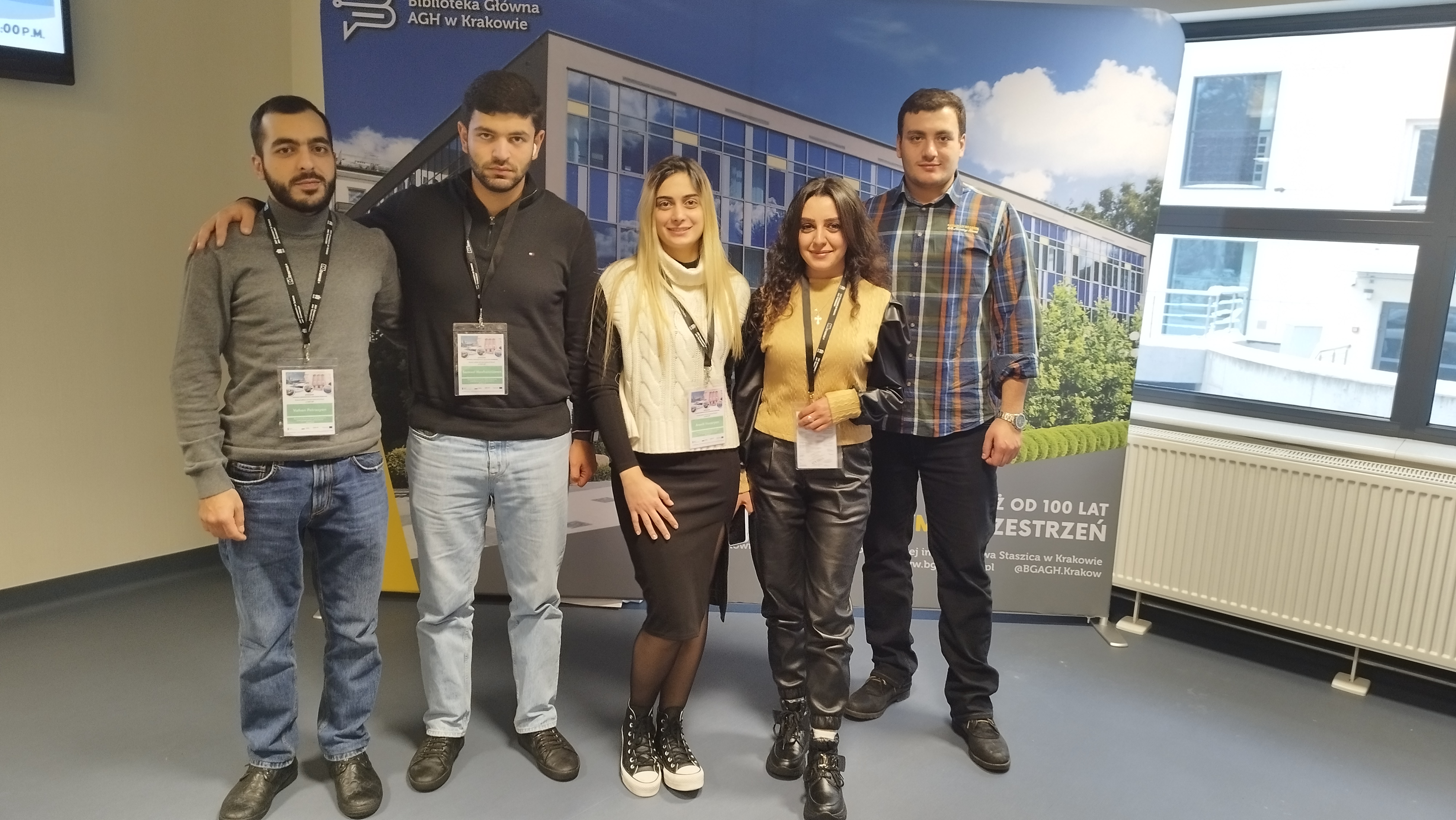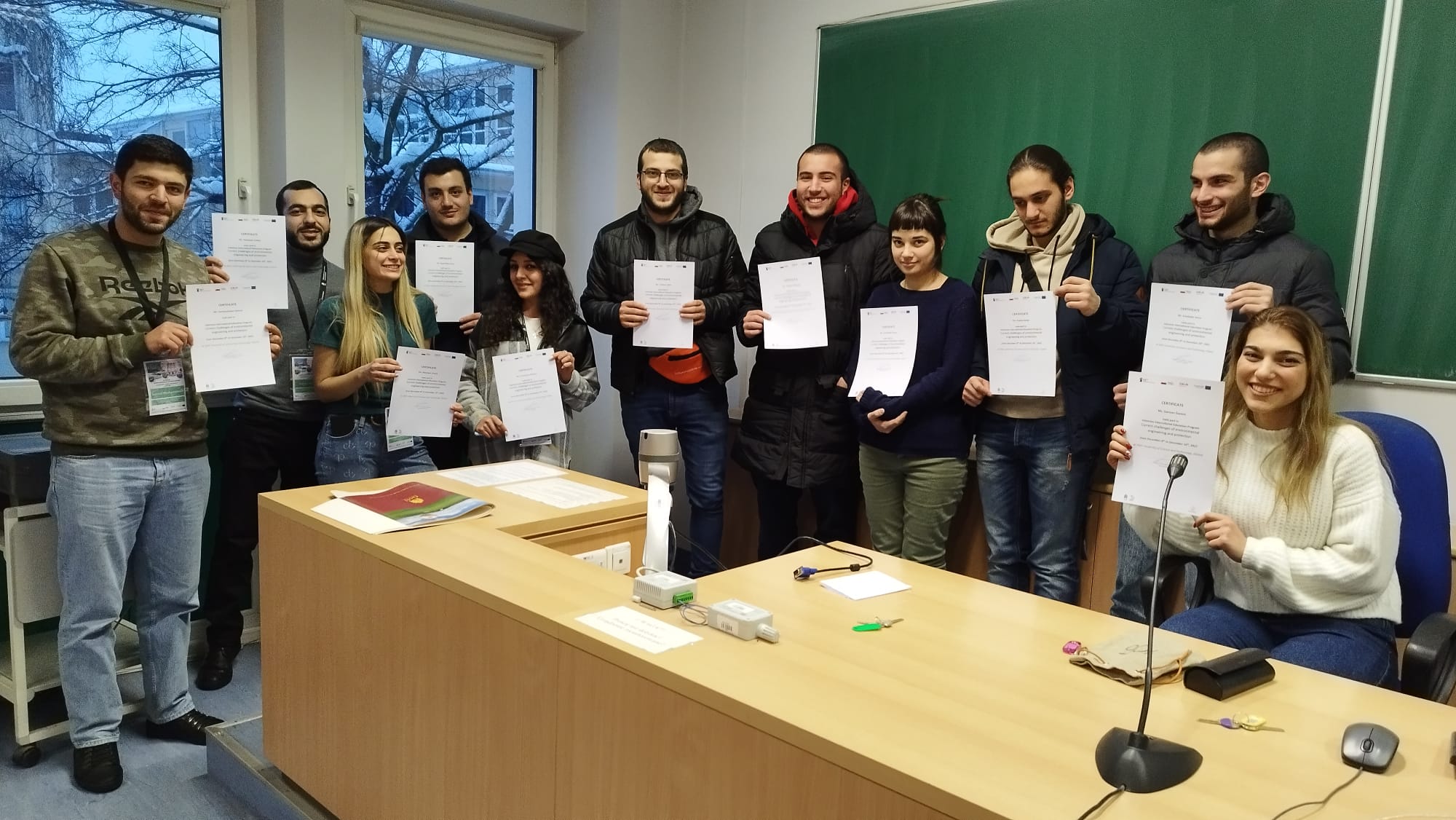![]()
Dec. 8-16, 2022
Language of instruction: English
Total number of course hours: 30h
Agenda
LECTURER
prof. DSc, PhD, Eng. Elena Neverova-Dziopak

Department of Environmental Management and Protection
Faculty of Mining Surveying and Environmental Engineering
AGH University of Science and Technology
30 Mickiewicza Ave., 30-059 Krakow, Poland
e-mail:
ABOUT THE COURSE
I. Current Challenges of Environmental Protection and Engineering
- Anthropogenic Impact on Environment
- Environmental Engineering and Protection
- Main Directions of environmental protection activities
- Methods of Environmental Protection
- Environmental Engineering Today
- Engineering protection of the atmosphere from harmful emissions. Engineering protection of the hydrosphere from wastewater discharges
- Problems and Barriers
- Alternative Solutions
- Zero-waste=Non-waste=Waste-Free Technologies
- Measures
- Challenges for Environment Engineering
- Water-Energy-Food Security Nexus
- Environmental Engineers Addressing the Grand Challenges of the 21st Century
II. Circular Economy in Wastewater Sector
- Waste water : Definition
- Paradigm Shift WWTP vs WRRF
- Wastewater Treatment Plant Operation
- Preliminary treatment consists of screening, grit and FOG removal Preliminary Treatment: Screening
- Preliminary Treatment: FOG Removal
- Options of treatment: screenings
- Options of Recovery: F.O.G
- Recovery from sewage sludge
- Metals recovery from sewage sludge
- Volatile fatty acids (VFA) production
- Sewage sludge application in building industry
- The scope of biosolids application
III. Environmental monitoring data processing with further analysis and interpretation - project classes in the computer room
- Environmental monitoring data processing with further analysis and interpretation (on the example of creating a model of eutrophication of the Baltic Sea)
- Types of data
- Types of Big Data
- Spatial and Non-spatial data
- Basic spatial elements
- Vector and raster data
- Data processing
- Project made by a student



The programme is co-financed by the European Social Fund under the ‘Operational Programme Knowledge Education Development’ non-competitive project entitled “Support for institutional capacity of Polish HEIs through establishment and implementation of international study programmes” (Action: 3.3 Internationalization of Polish higher education), specified in the application for project funding no. POWR.03.03.00-00-PN16 /18).
Contribution of European Funds: PLN 528 526,90
